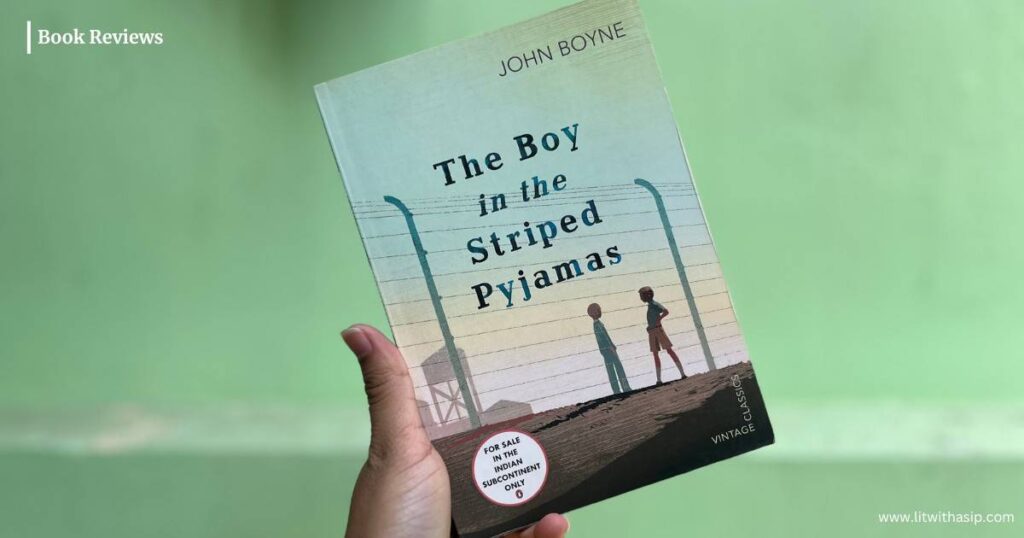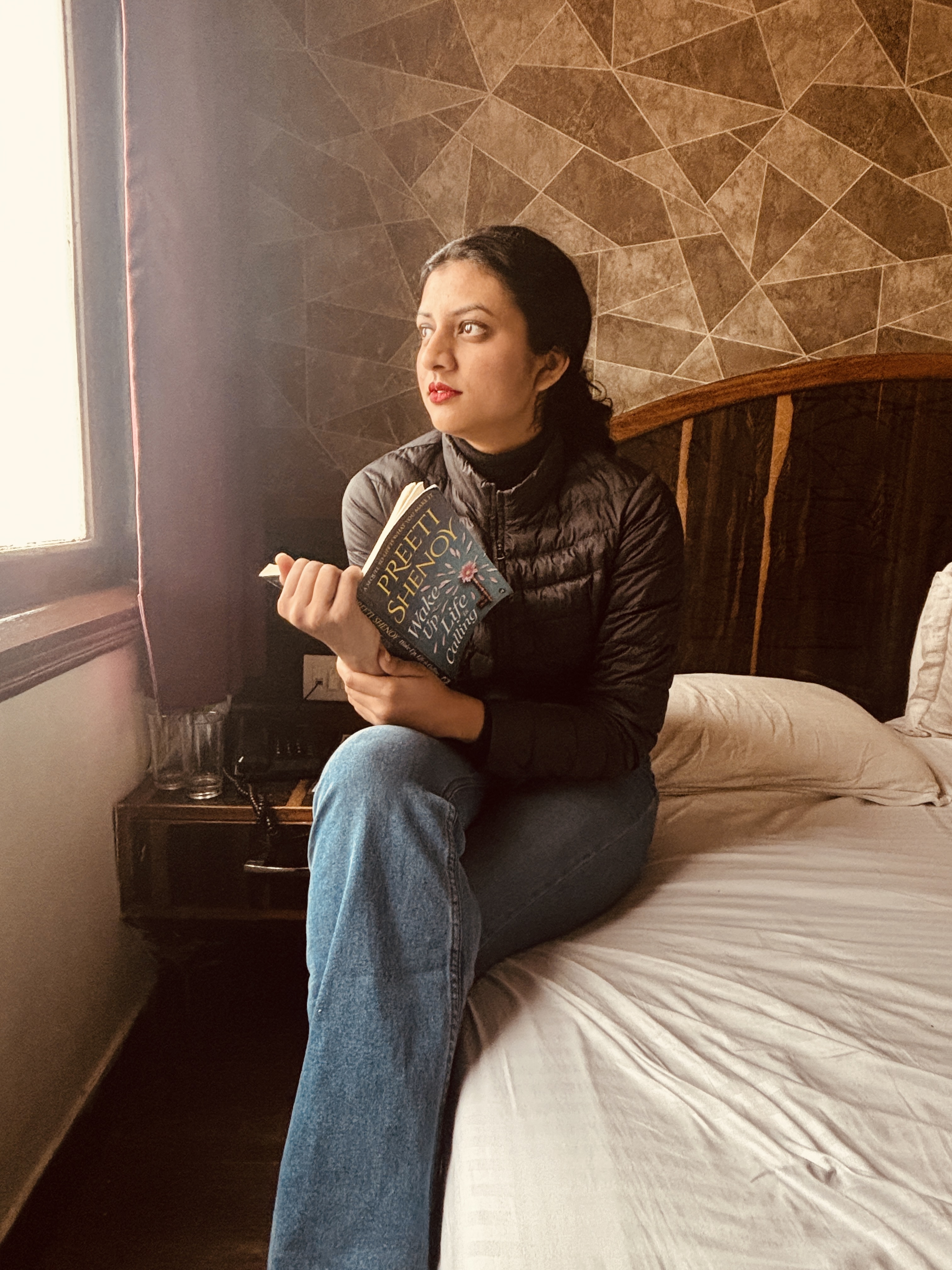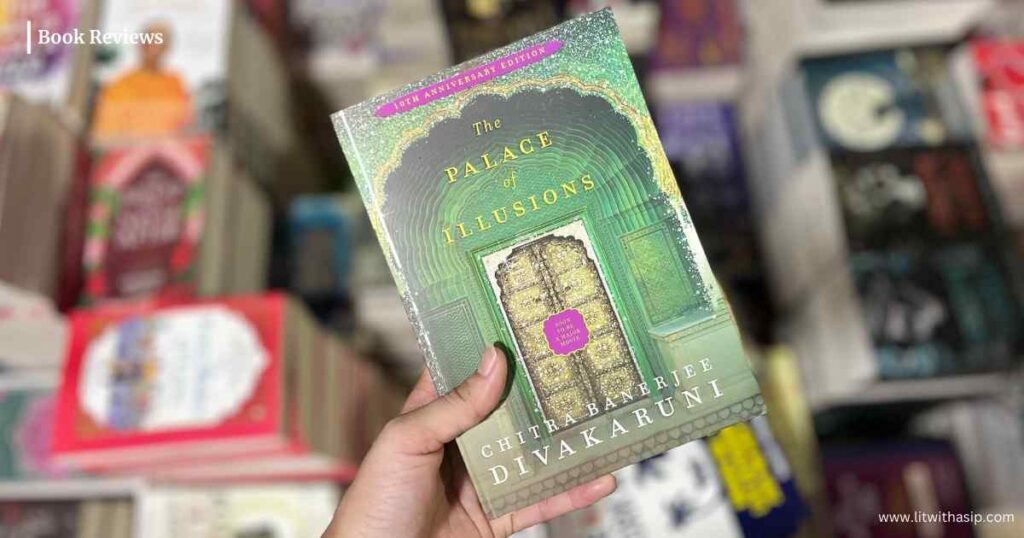The book to be reviewed today is a 2006 New York Times Bestseller for which its Irish author, John Boyne, is most recognized. This book is called ‘ The Boy In The Striped Pyjamas ’. If you hear the title for the first time, it might seem like a funny name or just a light read. Even though it features a 9-year-old boy named Bruno as its protagonist, and it seems like a story about two children and their friendship, this book goes on to unravel one of the darkest events in human history. In short, what might seem light and soft at the start of this book leads to a pretty heavy ending that one often struggles to process.

Let’s review The Boy In The Striped Pyjamas and explore why it deserves to be your next read. Also, there are mild spoilers in some instances in this article, but do not worry, they won’t ruin the fun of reading for you.
Plot, Protagonist, and Narrative
The story is set during the Second World War and serves as a major commentary on the political scenario of that time. It focuses on the life of Bruno, a 9-year-old German boy, who has moved from his older house in Berlin (Germany) to stay near the Auschwitz concentration camp (Poland) along with his family.
We see everything through Bruno’s eyes, a kid who lacks access to the adults’ world and cannot clearly understand what they are up to. Similarly, the narrator- a third person and anonymous- can only concentrate on the feelings and changes in Bruno and his life. The narrator does not have access to the external world, such that he is limited to only the world that Bruno can understand and make out. What goes on in the minds of other kids in the story, like Bruno’s sister, Gretel, and Shmuel, Bruno’s friend in striped pyjamas, is also not known by the narrator.
Many critics suggest that this is a powerful choice made by the author. It allows the reader to detach themselves from what was actually happening, just like how Bruno had no idea what goes on the other side of the fence, the concentration camp. Therefore, when the ending does arrive, it just hits harder.
Writing Style in The Boy In The Striped Pyjamas
In ‘The Boy In The Striped Pyjamas’, John Boyne is intentionally simple, childlike, and allegorical. He wishes to portray the world through the eyes of a child- naive and mostly unaware, trying to find answers and meaning. As a reader, one may feel how complex historical realities are oversimplified or misinterpreted. But that is the beauty of it, because we see it all with as much naivety as that of Bruno. That is why the conclusion hits us hard because we slowly develop mentally into what Bruno might have thought in various circumstances.
The book is short and simple. There is hardly any use of bombastic words. The book made such an impact that it not only bagged recognition on a literary stance but was also adapted in 2008.
Symbolism And Thematic Appreciation
The Worlds of Children and Adults
There is always a comparison going on between the children’s world and the adults’ world throughout The Boy In The Striped Pyjamas. While the characters of Bruno and Shmuel (and even Gretel) portray innocence and humanity, the adults in the story (such as Bruno’s father, his father’s subordinates, and even his mother) portray ignorance, prejudice, and/or hatred.
Bruno feels alienated and confined. He is separated from his old friends, grandparents, and the vibrant life of Berlin when his family has to transfer because of his father’s job, a reputed German officer. Bruno craves friendship and takes risks to meet his new friend, Shmuel, every afternoon. He is kind, and he offers Shmuel food by going through the struggles of stealing it. This is because he wishes to have a sense of belonging. Also, his homeschooling does not feel good.
Bruno wishes to be an explorer, but with so many restrictions and the cold environment around his new house, he hardly has anything to explore. He finds the world on the “other side of the fence” intriguing and goes on to pay quite heavily while exploring it. He also wishes to help his friend, for which he is willing to take on any risk, lacking knowledge about what would come next. All of this proves his innocence, which highly contrasts with the world of adults.
In the adults’ world, there is hate and violence. It might not be stated directly in the book, but history portrays what all went on inside Auschwitz, backed by cruelty, lack of mercy, and mind-washing ideologies. The children are unable to even pronounce Auschwitz, so they call it “Out-With” instead (with an added accent). This is also symbolic of their innocence and inability to make sense of the adults’ world.
The Nazi Element
It is through Bruno’s father(a commandant at a concentration camp) that we see the staunch side of having a Nazi German mentality. He maintains discipline in the house, but we also see his wife staying annoyed with him most of the time and his kids fearing him rather than completely respecting him. Bruno questions the way his father behaves, but gets nothing for an answer when he asks his father. The difference between the Nazi Germans and Jews, although not stated directly, is portrayed in a subtle way as the story progresses.
We can also see this social divide in the way house-help and cooks are treated in Bruno’s new house. For instance, they have to take all the disrespect and/or keep their real identity hidden just so they can live. Despite once having lives full of potential and the knowledge to lead fulfilling futures, they are now reduced to serving as help in a German household. This shows how cruel the times could have been and intrigues the reader to understand what could have been the root cause and how things became this way.
The way Shmuel, at first, appears to Bruno confuses him because he can’t seem to understand why everybody on the other side of the fence wears the same clothes with stripes. Their heads are also shaved. This shows how the people in the concentration camp were stripped of their identity, because their own belongings were taken away and they were given similar clothes to wear every day. The fact that they were not given access to mere things to clean themselves just portrays dehumanization at its peak.
The holocaust imagery is very well established in the story. There are indirect hints to the horror related to war and the impact of enforced blind ideologies. Leaving the story open-ended, the author has magnified the impact of what could have been rather than clarifying what happened. We just get this message about how innocence and loving pure heartedness is destroyed by unnecessary hatred, violence, differences, and war.

Image Of Hitler
When I first picked up the book ‘The Boy In The Striped Pyjamas’ up, I wondered if it would portray the character of Hitler in some way. Especially since the father of our protagonist was just an important commandant working at the concentration camp itself, my expectations rose about seeing Hitler in any scene, even for the shortest time. But, he was never referred to, perhaps, not by his very name. He was referred to as ‘The Fury’- a child’s mispronunciation of Führer, the German term for “leader”. This is again reflective of Bruno’s innocent mishearing of Führer.
Their encounter is limited to a single dinner scene in the family’s house in Berlin, before the move to Auschwitz (“Out-With”). Hitler does not play an active role or appear again in either the novel or the movie.
We see the role of power and obedience at play through how Bruno’s dad follows orders. He wants to make sure ‘The Fury’ gets a good impression of his family at the dinner. This speaks loudly about the kind of influence The Fury had and how hate towards a certain set of people in society empowered the other half of it to act through violence and dehumanize them. This also raises several questions in the mind of a little kid like Bruno. His view of the world is further complicated by nothing but whatever happens in his own family, his own house.
Conclusion:
There are a few schools in which this book is included in the children’s curriculum. However, the portrayal of various historic incidents is often argued and debated in the book. Some scholars consider them to belittle the depth of what happened, others say the events are portrayed inaccurately, often misleading what should be learned.
Well, doesn’t this make ‘The Boy In The Striped Pyjamas’ even more interesting to read and learn about?
Happy reading!

Jennis Jacob, a passionate literary enthusiast in her 20s, is a writer and poet. With eight years of experience in literature, she is currently a master in English and finds inspiration in Womanist, American, and Indian Partition Literatures. Her works have appeared in anthologies such as ‘Carved Words Of Creative Minds’ and ‘100 Splendid Voices,’ and she is working on upcoming books. Through LitWithASip, she aims to ignite a love for literature and empower individuals to embrace their true selves.

